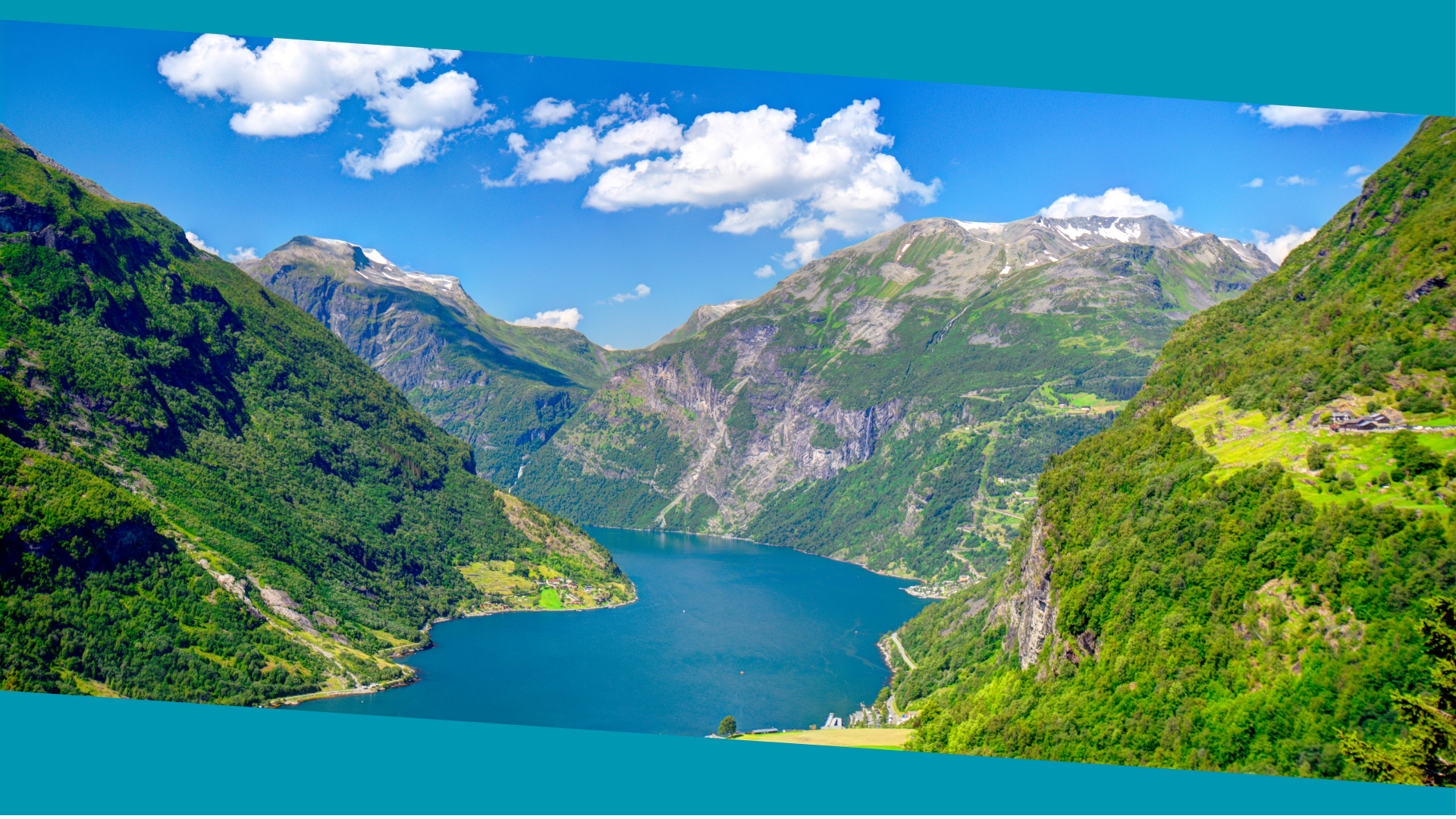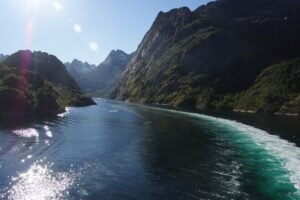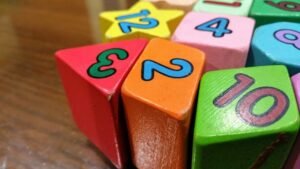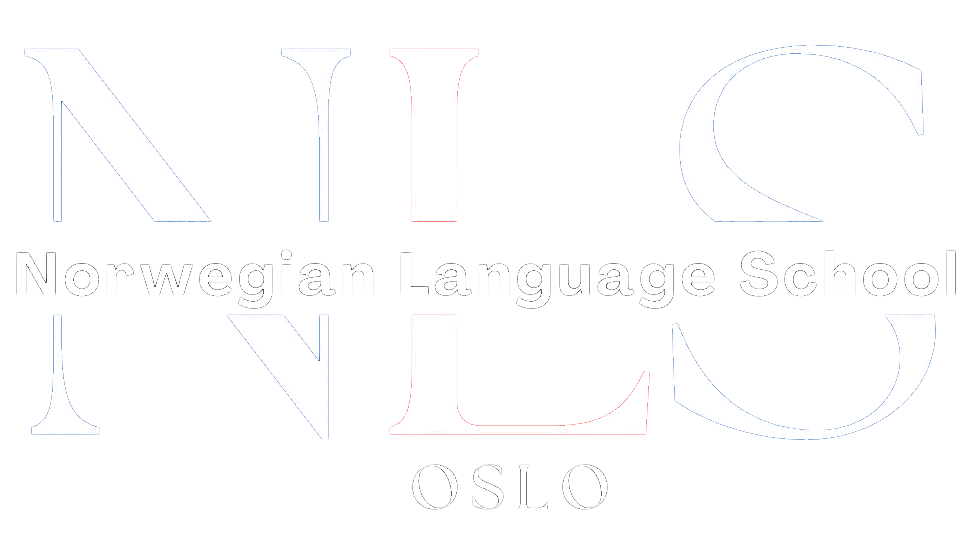Have you ever wondered about the ancient deities that once held sway over the fierce lands of the Norse? The mythical realm of Norse mythology is filled with intriguing tales of gods and goddesses, each with their own unique powers and roles. But what about the powerful female figures in this pantheon? What stories and symbols surround the Norse goddesses? Join us as we embark on a captivating journey through the captivating world of Norse mythology goddess lore and tales, where we’ll unravel the mysteries and delve into the fascinating tales of these divine female figures.
Table of Contents
ToggleKey Takeaways:
- Explore Norse mythology and the captivating world of goddesses
- Uncover the intriguing stories and symbols of Norse goddesses
- Learn about the roles and significance of the powerful female figures in Norse mythology
- Discover the interplay between gods and goddesses in the Norse creation myth
- Gain insight into the rich tapestry of Norse mythology and its impact on art and culture
Unveiling the Power and Beauty of Freyja, the Norse Goddess
One of the most prominent figures in Norse mythology is Freyja, the captivating Norse goddess associated with love, fertility, and war. Let’s embark on a journey to explore the enchanting tales and symbols that surround Freyja, and uncover her significance in Norse mythology.
Freyja is a multifaceted goddess, representing the complexities of human emotions and desires. As the goddess of love and beauty, she captivates the hearts of gods and mortals alike with her irresistible charm and allure. Her beauty is often compared to the radiance of the sun, illuminating the world with her grace.
But Freyja’s power extends beyond matters of the heart. She is also a fierce warrior, leading the Valkyries into battle and choosing the fallen heroes who will join Odin in Valhalla. With her exceptional skills in magic and sorcery, Freyja wields immense power, making her a force to be reckoned with.
The tales of Freyja often showcase her in search of her beloved husband, Odin, who she mourns while wearing a cloak of falcon feathers to travel to distant lands. This search symbolizes her unwavering loyalty and devotion, as well as her relentless pursuit of love and connection.
Throughout Norse mythology, Freyja is associated with various symbols and objects. The most notable is the famous Brísingamen, a beautiful necklace gifted to her by the dwarves. This precious adornment represents her sensuality and femininity, as well as her undeniable influence over matters of desire.
“Freyja, the radiant goddess of love and war, embodies the duality of our deepest desires and the fierce spirit that drives us forward.”
As we examine Norse mythology art, we often see Freyja depicted with her feline companions, emphasizing her connection to intuition, independence, and transformation. She is also frequently associated with the falcon, a symbol of her mobility and connection to the divine realms.
| Freyja, the Norse Goddess | Symbolism |
|---|---|
| Love and Beauty | The radiant charm that captivates hearts |
| Warrior Goddess | Leading the Valkyries and wielding powerful magic |
| Search for Odin | A symbol of unwavering loyalty and relentless pursuit of love |
| Brísingamen | A beautiful necklace representing sensuality and femininity |
| Feline Companions | Emphasizing intuition, independence, and transformation |
| Falcon | A symbol of mobility and connection to the divine realms |
The tales of Freyja and her symbols inspire artists and creators to this day. Whether in paintings, sculptures, or jewelry, her essence continues to be captured in various forms of Norse mythology art.
Join us as we continue our exploration of Norse mythology goddesses in the next section, where we delve into the captivating myths and legends surrounding other divine female figures.
Exploring the Myths and Legends of Other Norse Goddesses
Embark on a mythical journey as we delve into the captivating world of Norse mythology goddesses. In addition to Freyja, there are numerous other intriguing Norse goddesses with their own stories, symbols, and roles within the pantheon of Norse gods and goddesses. Let’s uncover the rich tapestry of these divine female figures.
Frigg: The Wise and Powerful Queen of the Gods
Honored as the Queen of the Norse gods, Frigg exudes wisdom and power. She is often associated with marriage, motherhood, and foresight, possessing the ability to see and shape the future. Frigg’s symbol, the spindle, represents her role as the weaver of destiny. Through her captivating stories, we glimpse into the complexities of love, family, and the mysteries of fate.
Valkyries: Fierce Protectors and Choosers of the Slain
The Valkyries, renowned for their beauty and prowess in battle, hold a crucial role in Norse mythology. These fierce female warriors serve as Odin’s handmaidens, selecting the fallen warriors who will be admitted to Valhalla. With their powerful presence and unwavering loyalty, the Valkyries symbolize bravery and the honor of the fallen.
Hel: The Mysterious Ruler of the Underworld
Hel, the daughter of Loki, reigns over the realm of the dead, known as Helheim. In Norse myths, she is described as having a half-living, half-decayed appearance, reflecting her dominion over both life and death. Hel is a complex goddess who embodies the inevitable cycle of life and the mysteries that await beyond mortality.
Idun: Guardian of Youth and Eternal Beauty
Idun, the goddess of eternal youth and rejuvenation, safeguards the golden apples that grant immortality to the gods. Her role in Norse mythology is deeply intertwined with the preservation of vitality and the renewal of life. Idun’s symbol, the golden apple, represents eternal beauty and the abundance of nature.
“Norse mythology is a treasure trove of captivating goddesses who embody a diverse range of qualities and roles within the pantheon. From the wise counsel of Frigg to the valiant warriors of the Valkyries, these goddesses leave an indelible mark on Norse mythology and continue to inspire art, literature, and imagination.”
As we unravel the myths and legends surrounding these Norse goddesses, we gain insight into their significance within Norse paganism and the larger framework of Norse mythology. The enchanting tales and symbols associated with these divine female figures offer a glimpse into the values, beliefs, and cultural heritage of the ancient Norse people.
| Goddess | Symbol | Role |
|---|---|---|
| Frigg | The spindle | Queen of the gods, marriage, motherhood, and foresight |
| Valkyries | Winged helmets and spears | Choosers of the slain, fierce protectors |
| Hel | Half-living, half-decayed appearance | Ruler of the underworld, life and death |
| Idun | The golden apple | Guardian of youth and eternal beauty |
Unraveling the Norse Creation Myth and the Role of Goddesses
In Norse mythology, the creation of the world is a tale of cosmic proportions. From the primordial realms of ice and fire emerged the realms of existence as we know them today. Central to this creation myth are the goddesses, who played a vital role in shaping the world and maintaining its delicate balance.
The Norse creation myth begins with the primordial realms of Niflheim, a realm of ice, and Muspelheim, a realm of fire. These two forces of nature clashed, resulting in the creation of the first living being, Ymir, the progenitor of the frost giants. The goddesses emerged from this chaotic primordial soup, representing the creative and nurturing aspects of the universe.
One of the key goddesses involved in the Norse creation myth is Nott, the goddess of night. Nott was a mysterious and enigmatic figure who traversed the sky in her chariot, bringing the darkness with her. She was the mother of Dagr, the god of daytime, symbolizing the eternal cycle of day and night.
Another prominent goddess in the creation myth is Jord, the Earth goddess. As the embodiment of the land, Jord provided a fertile ground for life to thrive. She is often depicted as a powerful and nurturing figure, with the ability to sustain the gods and humans alike.
One of the most revered goddesses in Norse mythology is Freyja, the goddess of fertility, love, and beauty. Freyja played a crucial role in the creation of the world by bringing peace and prosperity to the realms. Her presence and influence can be felt in every aspect of life, from the growth of crops to the blossoming of relationships.
The goddesses in Norse mythology are not just passive observers of creation but active participants in its maintenance. They embody the forces of nature and nurture, ensuring the harmony and balance of the cosmos. These divine beings are symbols of power, wisdom, and beauty, inspiring countless works of art and literature.
As we unravel the Norse creation myth and explore the role of goddesses, we gain a deeper understanding of the intricate web of relationships that bind the realms of Norse mythology together. The goddesses’ contributions to the creation and maintenance of the world are a testament to their significance and power within the pantheon of Norse gods and goddesses.
Conclusion
In this concluding section, we have traveled through the captivating world of Norse mythology goddesses. We have delved into their fascinating lore, explored their tales and symbols, and uncovered the roles they play in the intricate pantheon of Norse deities. Norse mythology offers a treasure trove of knowledge and inspiration, whether you are captivated by the enthralling stories or fascinated by the profound symbolism.
From the powerful Freyja, with her associations with love, fertility, and war, to the wise and majestic Frigg, the queen of the gods, and the fierce and loyal Valkyries, the Norse goddesses embody a diverse range of qualities and attributes. Their stories not only entertain but also provide valuable insights into the human condition and the intricacies of the natural world.
Through their captivating tales and enduring symbols, Norse mythology goddesses continue to inspire artists, writers, and creatives across various mediums. From stunning artworks that depict their beauty and power to intricate jewelry that pays homage to their symbols, Norse mythology art continues to thrive and captivate the imagination.








